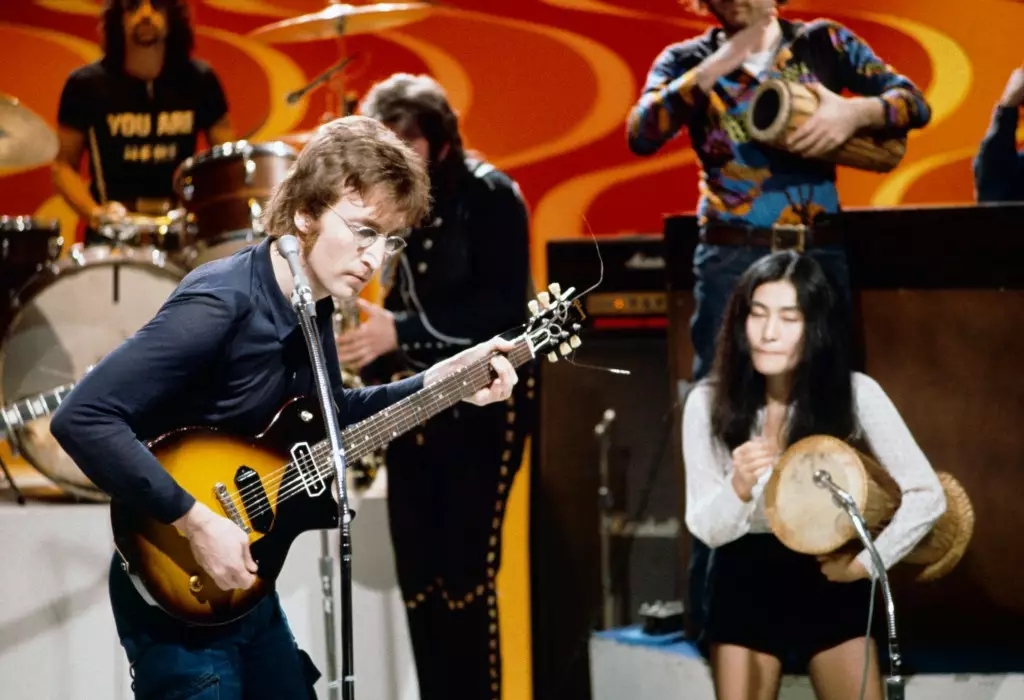The current landscape of cinema is witnessing a revolutionary shift, with independent films not just surviving but thriving in an environment that has traditionally favored blockbuster franchises. Theaters across the country are flooded with an impressive selection of indie films that have garnered significant critical acclaim, many of which are enjoying wider releases than ever before. This meteoric rise raises intriguing questions about the evolving dynamics of film distribution, audience preferences, and the overall impact of independent storytelling in mainstream culture.
Traditionally, independent films were relegated to limited screenings, but the current wave has shown that exceptional storytelling can resonate on a much larger scale. The likes of *Terrifier 3*, *Piece By Piece*, *My Hero Academia: You’re Next*, and *Saturday Night* are examples of indie films that are shaking up theaters, reaching broad audiences, and defying skeptics by proving that quality narratives are not confined to those with extensive budgets.
This shift can be attributed in part to changing audience demographics. Younger viewers, in particular, are seeking diverse content that speaks to varied experiences and perspectives. As these indie films gain traction, they challenge the cinematic norms and conventions perpetuated by major studios, inviting audiences to engage with stories that might not fit within traditional narratives.
Documentaries are also riding this wave, with a slew of impactful films entering theaters. Projects like *Daytime Revolution*, directed by Erik Nelson, and *Carville: Winning Is Everything Stupid* by Matt Tyrnauer, highlight how documentary filmmaking is successfully blending entertainment with essential social commentary.
*Daytime Revolution* captures a pivotal moment in American television history, chronicling John Lennon’s unique takeover of *The Mike Douglas Show*. It’s not just a historical recount; it reflects the socio-political tensions of the time, making the document accessible and relevant to today’s audiences. Similarly, *Carville* offers an inside look at 2024’s tumultuous presidential election through the lens of James Carville, showcasing the lasting impact of political strategists in shaping democratic discourse.
These documentaries have become cultural artifacts that resonate with contemporary audiences, making them essential viewing. The filmmakers’ ability to frame modern issues through the lens of past events provides greater context for ongoing societal challenges, thus elevating the documentary genre.
The offerings of independent films extend beyond just documentaries; narratives exploring deeply personal themes are finding their way onto screens as well. *Mediha*, directed by Hasan Oswald and executive produced by Emma Thompson, exemplifies this trend by delving into the harrowing story of a Yazidi girl captured by ISIS. This poignant documentary doesn’t merely recount traumatic experiences; it empowers the protagonist to confront her past, a move that fortifies her resilience and illustrates the power of storytelling as a means of healing.
Likewise, the biopic *Brothers*, featuring Josh Brolin and Peter Dinklage, navigates the complexities of familial relationships intertwined with themes of redemption and the struggle for normalcy. Such films broaden the scope of what indie cinema can encompass and further appeal to a spectrum of viewers searching for authenticity and relatability in their cinematic experiences.
Looking ahead, the landscape of film distribution is bound to evolve even more dynamically. With audiences committing to a more diverse array of stories, platforms that facilitate wider dissemination— from film festivals to streaming services— are critical for independent filmmakers. The interplay between traditional theaters and streaming platforms is shifting; more indie films are expected to make the transition from festival circuits to mainstream platforms, ensuring that extraordinary stories reach their intended audiences.
Many films, such as *We Live In Time*, *Woman of the Hour*, and *Six Days In August*, are paving the way for future indie projects to secure both theatrical screenings and eventual streaming releases. This dual approach not only elevates the visibility of independent cinema but also enhances the potential for diverse narratives to become embedded in everyday cultural discourse.
The current state of theaters brimming with a mix of indie films signifies a cultural renaissance in cinema, driven by an audience eager for fresh and diverse storytelling. As filmmakers continue to push boundaries and challenge norms, the future looks promising for the indie film sector. The successful blend of artistic merit and mass appeal underscores a pivotal moment in cinema, one that could very well redefine the industry in the years to come. As audiences continue to embrace these narratives, the independent film movement stands poised to shape cultural conversations well into the future.

